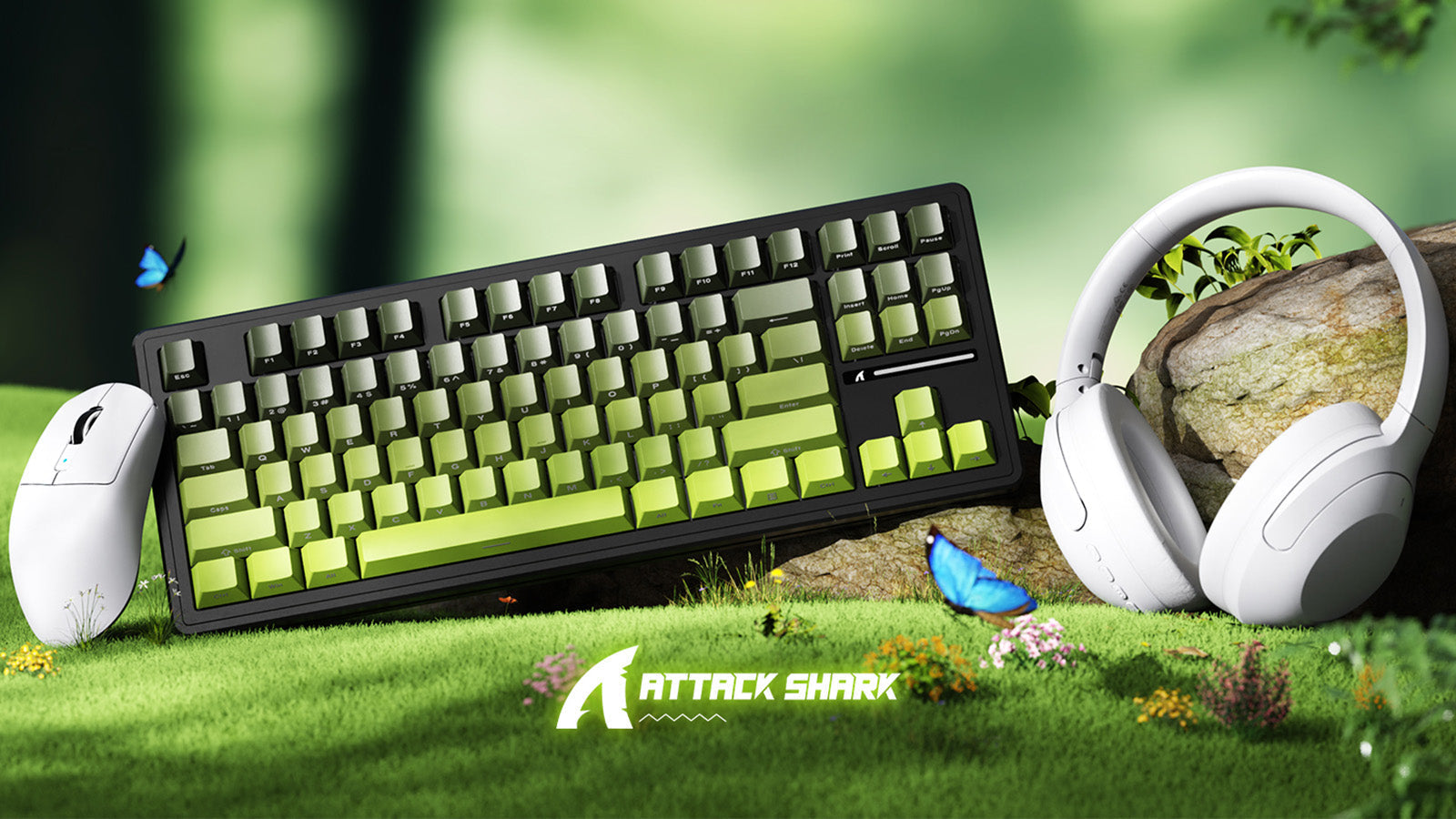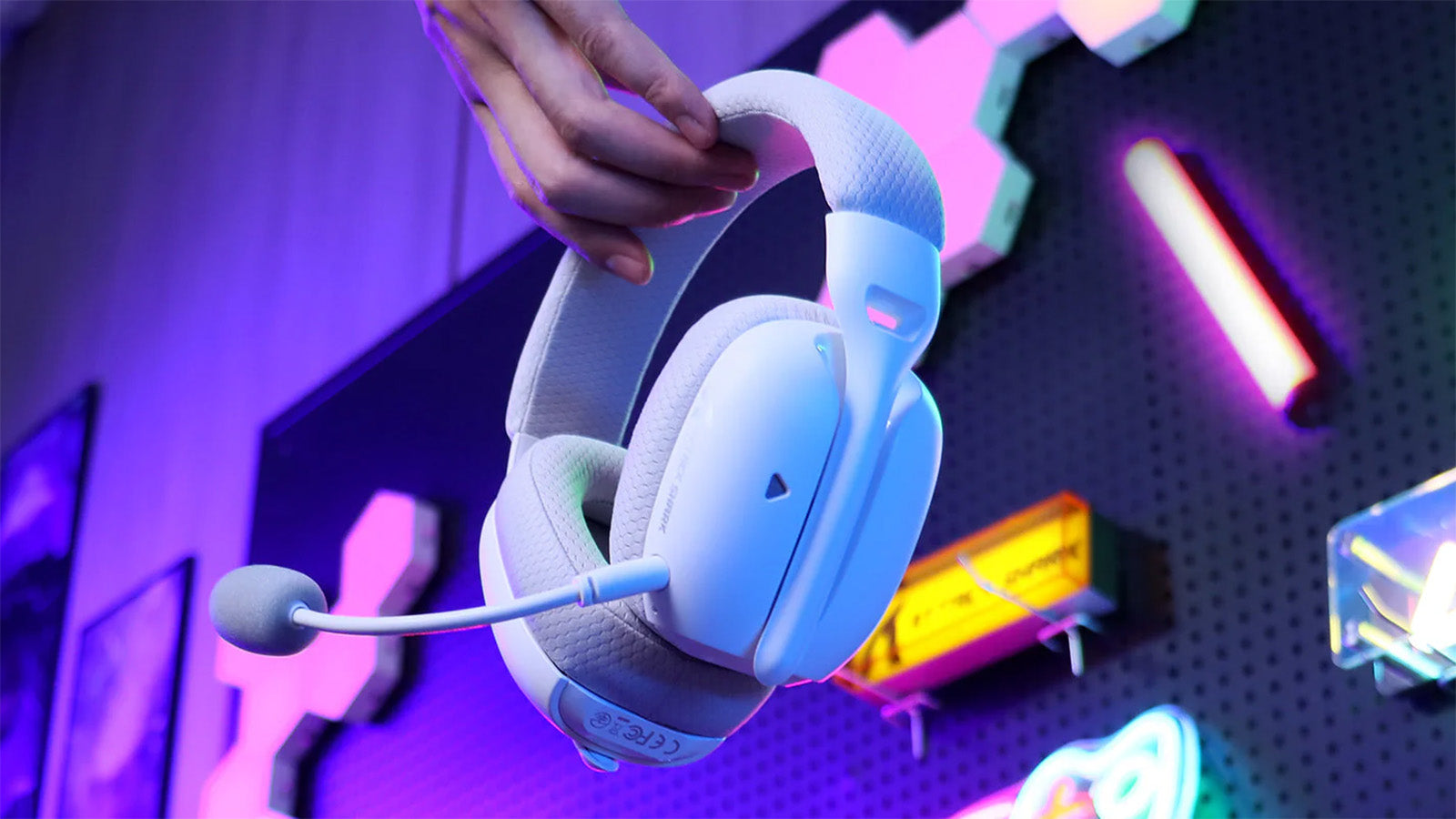So, you've splurged on a decent gaming mouse, hoping to pick up that winning advantage or simply more personalized and convenient computing. That's a great start! But the hardware itself is only half the story. It's the dedicated software accompanying most gaming mice where the real magic happens, allowing you to tweak its performance precisely to your own needs and tastes. So let's consider how to get the best out of it.

Why Bother with Gaming Mouse Software?
Most gaming mice will work right out of the box as standard pointing devices. So, why install yet another program? The answer is in customization and control. Standard operating system mouse setups are relatively basic. Gaming mouse software, however, lets you have specific control over features designed specifically to improve gaming performance and overall use.
This software acts as a central hub for configuring everything from button assignments and DPI levels to lighting effects and macro creation. It allows you to fine-tune your mouse to behave exactly how you want it to, often on a per-game or per-application basis. Without it, those extra buttons or advanced sensor capabilities might go completely unused or underutilized. It's about taking a good piece of hardware and making it your perfect tool.
ATTACK SHARK R5 Ultra Carbon Fiber Wireless 8K PAW3950MAX Gaming Mouse with 8K Coiled Cable
Core Customization Features: Tailoring Your Mouse to Perfection
Most gaming mouse software suites offer a similar set of core features, though the interface and exact options can vary between brands (like Attackshark).
DPI (Dots Per Inch) Settings
DPI measures mouse sensitivity. Higher DPI means the cursor moves further on screen for a smaller physical movement of the mouse. Gaming software lets you set multiple DPI stages that you can often switch between on-the-fly using dedicated buttons on the mouse. This is incredibly useful; you might want a lower DPI for precise aiming in an FPS game (say, 400-800 DPI), and a higher DPI (1600 DPI or more) for quick map navigation in an RTS or for general desktop use. If you're wondering what DPI settings would work best for your specific gaming style and preferences, our in-depth guide explores optimal DPI ranges for different game genres and playing styles. Some software even allows for separate X and Y-axis DPI settings if you really want to get specific.
Button Remapping and Assignments
This is a huge one. Gaming mice often come with extra programmable buttons – typically side buttons, but sometimes DPI shift buttons or even extra top buttons. The software allows you to reassign these buttons to perform almost any action: standard mouse clicks (like middle click), keyboard keystrokes (e.g., assigning 'G' for grenade or 'R' for reload), complex macros (see next point), media controls (play/pause, volume), launching applications, or even OS functions. This can save you precious milliseconds in-game or streamline repetitive tasks in productivity apps.
Macro Creation
Macros are sequences of keystrokes, mouse clicks, and sometimes even timed delays, all recorded and assigned to a single mouse button. Imagine executing a complex spell rotation in an MMO, a specific build order in an RTS, or a multi-step crafting process with just one click. The software provides an interface to record, edit, and assign these macros. This is a powerful tool that can significantly improve efficiency and reduce repetitive strain in both gaming and certain work applications.
Polling Rate Adjustment
The polling rate determines how often your mouse reports its position to the computer, measured in Hertz (Hz). Common rates are 125Hz, 250Hz, 500Hz, and 1000Hz (which translates to a 1ms response time). A higher polling rate generally means a smoother, more responsive cursor movement and less input lag, which can be beneficial in fast-paced games. Different polling rates have varying real-world impacts on competitive gaming performance.Most software allows you to select your preferred polling rate, though 1000Hz is a common default for gaming mice.
Lift-Off Distance (LOD)
LOD is the height at which the mouse stops tracking when you lift it off the mousepad. Some gamers, particularly those who use low DPI settings and frequently lift and reposition their mouse (common in FPS games), prefer a very low LOD to prevent unwanted cursor movement during these lifts. Advanced gaming mouse software often lets you customize or calibrate the LOD, sometimes even tuning it to your specific mousepad surface.
Lighting Customization (RGB)
If your mouse has RGB lighting, the software is where you'll control it all. You can typically choose from millions of colors, select various effects (static, breathing, color cycle, reactive lighting that responds to clicks or in-game events), adjust brightness levels, and sometimes even synchronize the lighting with other compatible peripherals (like your keyboard or headset) from the same brand. While mostly aesthetic, it's a fun way to personalize your setup.This same RGB debate extends to mechanical keyboards, with many users questioning if the lighting is truly necessary.

Profiles: Your Settings, Your Way, For Every Game or Task
One of the most powerful and practical aspects of gaming mouse software is the ability to create and save multiple profiles. A profile is essentially a saved collection of all your customized settings – DPI stages, button assignments, macros, lighting effects, polling rate, LOD, etc.
This means you can create different profiles tailored for different games or applications. For example:
- FPS Game Profile: You might have lower DPI stages for precise aiming, with side buttons mapped to melee, grenade, or push-to-talk.
- MMO/MOBA Profile: Here, you could have multiple side buttons assigned to complex macros for your most-used spells or abilities, and perhaps a different DPI setup.
- Productivity Profile: For work in Photoshop or video editing, you could map side buttons to common shortcuts like copy, paste, undo, or even macros for multi-step actions.
- General Desktop Profile: A comfortable DPI for browsing, with side buttons set to forward/back for web navigation.
Many software programs possess the extremely convenient feature of automatic profile switching. You can make an association of a profile to a run-time program (an app or game). When you run that application or game, the software will automatically turn on that profile. When you close it, it will revert to your default desktop profile. This seamless switching ensures that your mouse is precisely configured just right for whatever task you're doing without your active intervention to switch modes manually every time. Some mice even have onboard storage, allowing you to save one or more profiles to the mouse itself, so your customized settings travel with you if you use the mouse on another system where the software is not installed.

Advanced Tweaks: Surface Tuning and Angle Snapping
To really get the absolute best tracking quality out of your mouse sensor, a few premium gaming mouse software have a surface tuning or surface calibration option. This allows the software to detect the surface of your specific mousepad (cloth, hard plastic, glass, etc.) and fine-tune the sensor's tracking parameters to perform best on that surface. This can lead to more accurate and consistent tracking, reducing issues like jitter or cursor skipping, especially with higher DPIs or very fast, sweeping motions. It's normally a matter of a few minutes where the mouse is moved in a particular pattern as determined by the program.
Another setting you might encounter is "angle snapping" or "prediction." This feature attempts to smooth out mouse movements by "predicting" if you're trying to draw a straight line and subtly correcting minor deviations. Most competitive gamers prefer to have this feature turned OFF to ensure raw, unfiltered input, but it's an option that some might find useful for specific tasks outside of gaming.
Ecosystem Integration and Updates
If you have multiple peripherals (keyboard, headset, mousepad) from the same manufacturer, their software often acts as a unified hub. This allows you to synchronize RGB lighting effects across all your devices for a cohesive look, manage profiles centrally, and sometimes even enable special inter-device features. This ecosystem integration can create a very polished and personalized setup.
Just like any other software or hardware component, gaming mouse manufacturers periodically release updates for their software suites and the mouse's firmware (the software that runs on the mouse itself). These updates can introduce new features, improve performance, fix bugs, enhance security, or add support for new games. It's generally a good idea to keep both the software and your mouse's firmware up to date. Most software will notify you of available updates.
A Few Considerations: Bloat and Privacy
While gaming mouse software is incredibly useful, it's not always perfect. Some software suites can be quite resource-intensive, sometimes referred to as "bloatware," consuming more system memory or CPU cycles than ideal. If you notice your system slowing down, check if there's a "lite" mode or if you can disable unnecessary modules or startup processes within the software.
Privacy can also be a consideration with some software that might require an online account or collect usage data. It's always wise to review the terms of service and privacy policy. If possible, opt for software that allows full functionality without requiring a constant internet connection or mandatory data sharing. Fortunately, many modern gaming mice allow you to save key profiles directly to the mouse's onboard memory, which can reduce your reliance on cloud-based features or the software always running in the background if you prefer.
Unlocking Your Gaming Mouse's Full Potential
Your gaming mouse is more than just a pointer; it's a sophisticated tool, and its companion software is the key to unlocking its full capabilities. By taking the time to explore and configure DPI settings, button assignments, macros, lighting, and profiles, you can significantly enhance your gaming performance, boost your productivity in other tasks, and create a truly personalized user experience. Don't let that potential go untapped – dive into your mouse software and make it work for you!







Leave a comment
This site is protected by hCaptcha and the hCaptcha Privacy Policy and Terms of Service apply.